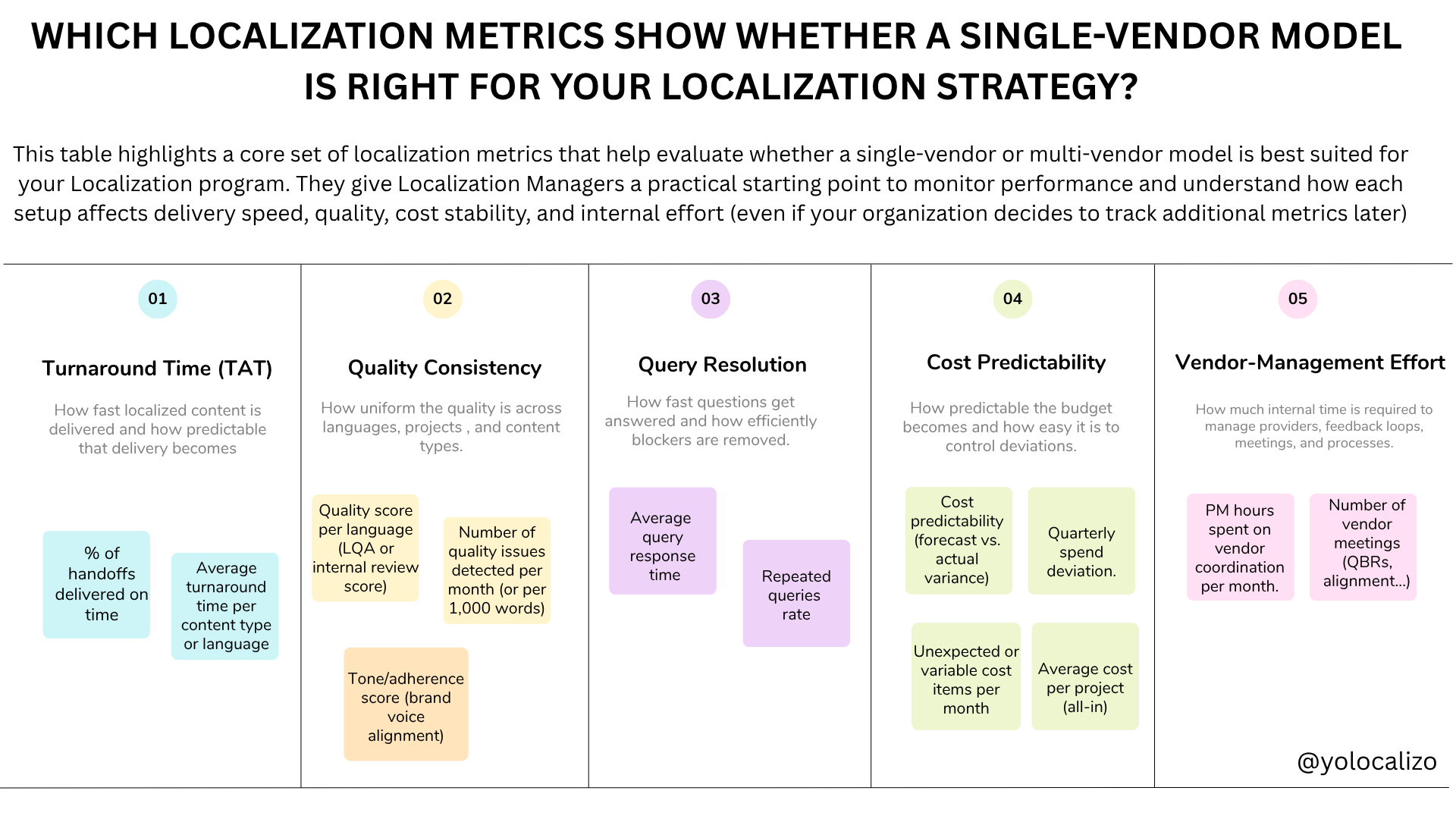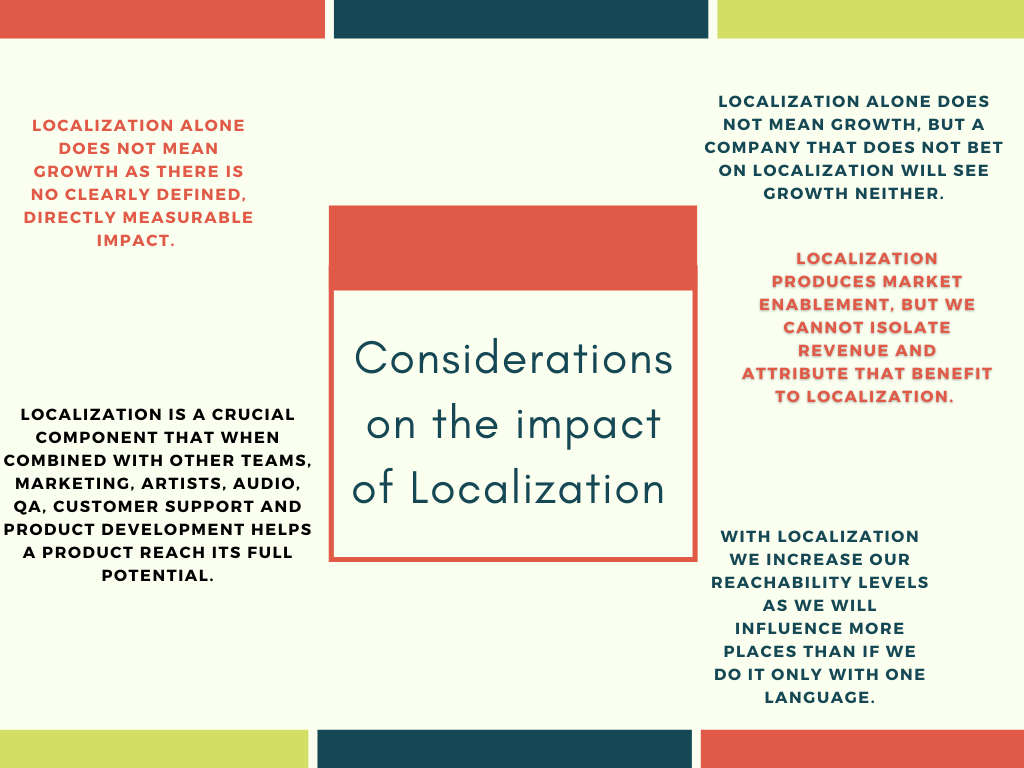This is how Localization is NOT an afterthought
There are certain things in life, probably many, that are more complicated than we may think at first. Things that when you get curious and you start researching about them, you realize that there is more work than it seems at first glance.
Things that seem basic but are not. In fact, we often use the label "commodity" to define them.
It's good that there are commodities. As consumers, it allows us to choose. However, there are things that I never stop to look at the added value they could give me. In my supermarket shopping, there are clear examples of this. I don't know the brand of salt I consume, of milk, or water ... and the same thing happened to me with tomatoes. And I speak in the past tense because, for me, fresh tomatoes went from being an "afterthought" to really thinking about how complex the world of growing good tomatoes is.
It's not that I didn't know that there are good tomatoes and not-so-good tomatoes (or even tasteless ones). It's just that I hadn't really stopped to think about it.
Until I bought some tomato plants and started to grow my own tomatoes, I was not aware of the complex tomato universe!
Tomatoes, for me, went from being a commodity, an afterthought, to something that I cherish, something that is not an afterthought but something that I plan carefully. I have a tomato strategy! I think about when to plant them, where to plant them when to pick them ....
(If you have the opportunity to find blue tomatoes from Almeria (third photo) buy a couple of kilos. They are delicious!)
Where am I taking you with this post you may be wondering after reading these paragraphs? An ode to the defense of a good tomato? Well, maybe, a good tomato in a salad with olive oil is a wonder, but actually, this post takes me where the things I write here always take me.
Localization for many people is a tomato.
A commodity, an afterthought, something that is supposed to be simple, that you consume when you need it, and that's it.
But sound Localization requires intentional planning. It requires collaboration with different stakeholders during the whole development phase of a digital product. It requires understanding that Globalization is just another business process that needs to be integrated into product development. It requires understanding that a Localization team is not just order dispatchers that receive translation requests and return localized files.
If a company is interested in building products and services intended for global customers, we need a global-ready strategy in Product development. A strategy in which the Globalization/Localization team works hand in hand with the rest of the stakeholders.
And how do we do that? How can we pivot the perception from "Localization is an afterthought" to "Localization has a huge influence on customer experience"?
Well, read on because the infographic below gives you an idea of how to implement this strategy.
The grey part of this infographic represents the different activities that you must execute jointly, side by side, in perfect synchronization between the Localization team and the various "actors" involved in the product creation.
But localizing a product is more complex than simply executing the activities that I have listed in that orange rectangle, so you must also look at the box "List of additional activities performed by the Globalization team in parallel as part of a Global product launch strategy
That will give you a complete picture of the different tasks you really need to implement to launch a digital product at a Global level.
Click HERE to download the infograhic
Ideation phase
Here the development team focuses on tasks such as
What's the product about?
Who it's aimed at?
What tech will be used?
How will product success be measured?
And this is how the Globalization team can team up with them to influence decisions on the product roadmap.
Language coverage market research
Competitors analysis per market
English proficiency assessment
Culturalization
Price strategy
Payment models
Design phase
Here the development team focuses on tasks such as
Wireframes
Flow
Concepts
User-testing
Storyboards
Content/UX writing
And this is how the Globalization team can team up with them to influence that the product is designed with international audiences in mind.
Localization UX Persona
Tone of voice/style per market
Font selection
Content Tech enablement
Copyedit
Culturalization
Development phase
Here the development team focuses on tasks such as
Software is built
Code optimization
Functional QA
Compatibility QA
Audio integration (where applicable)
And here's how the Globalization team can team up with them to adapt the content to resonate with local users
Localization execution
Localization Quality Assurance
Launch phase
Here the development team focuses on tasks such as
Build submission
And this is how the Globalization team can team up with them to contribute to a quality global launch.
Bug regression
Quality assessment
Support phase
Here the development team focuses on tasks such as
New features added
Bug fixing
And this is how the Globalization team can team up with them to contribute to a top-class customer engagement.
Provide feedback from local markets
Sentiment Analysis feedback
Here are some links to other articles I have written in my blog that can help you (I hope) to deepen your understanding of how a Globalization team can collaborate with the rest of the stakeholders. This will enable you to offer an end-to-end user experience instead of being just an afterthought translating content when needed.
Product Owners, Scrum teams ... WHY CAN'T WE BE FRIENDS?
Pseudolocalization -What are the Psëëêùùdö-lóçåìålîîzååtîîøøñ Méêéthóöòds
How to get along with your (localization) partner?
How to develop a successful Content Localization Strategy to help drive your company’s growth
I hope this post has helped you understand how to establish a strategy in which Localization is not an afterthought. At the end of the day, whether it is tomatoes or Localization, making something of quality is more complex than it may seem at first glance.
Have a great week! and remember … when it comes to launching multi-market software, Together is better. Find a way to build alliances with the Product Team!
@yolocalizo


















This feels like a pivotal moment. Localization teams are being asked to support more markets, move faster, use AI responsibly, and show impact, not just output. Expectations are higher than ever, but many teams are still trained mainly for execution. We are strong at delivering localization work, yet we often struggle to move from output to outcome and to clearly explain the impact of what we do.